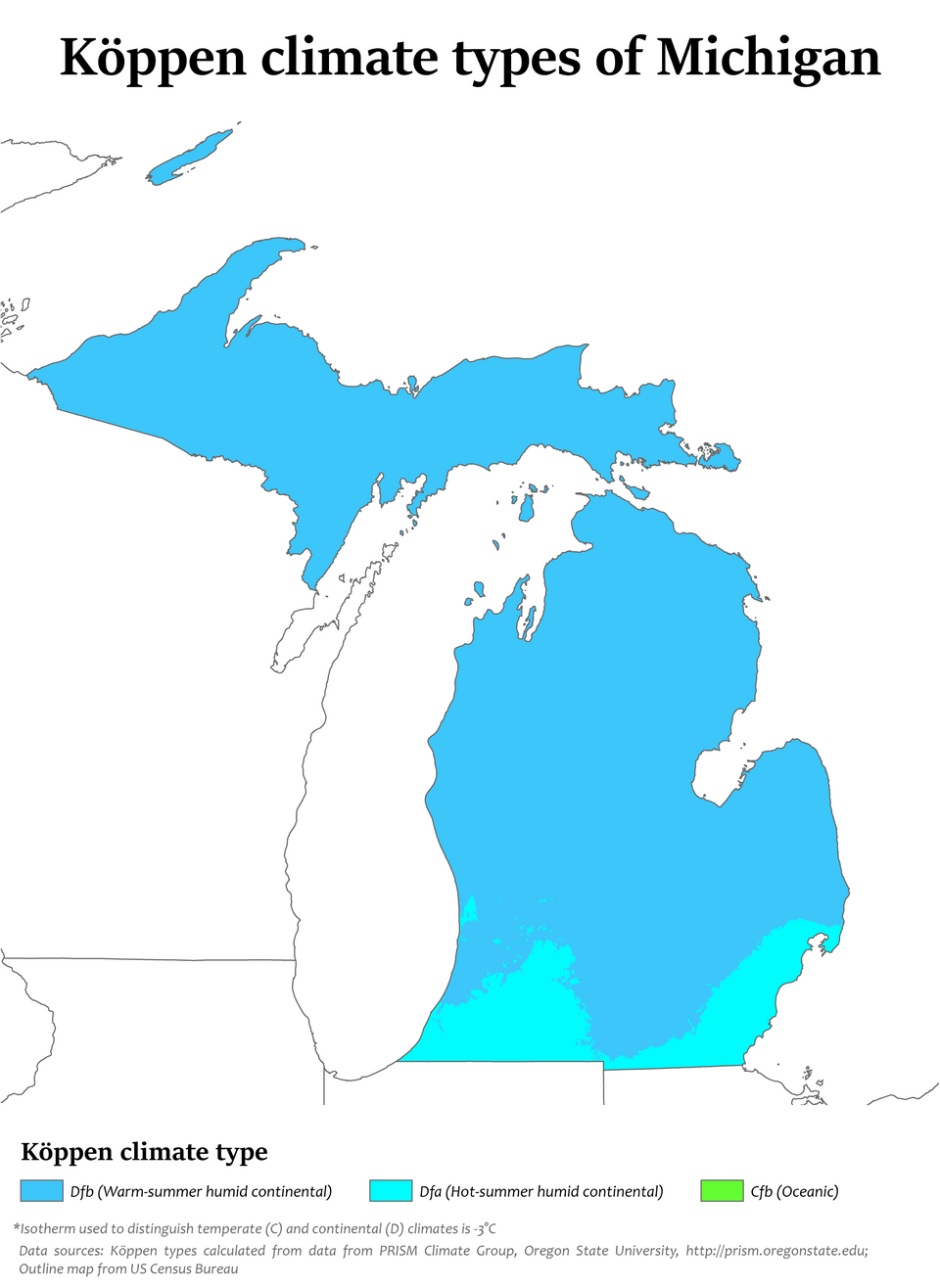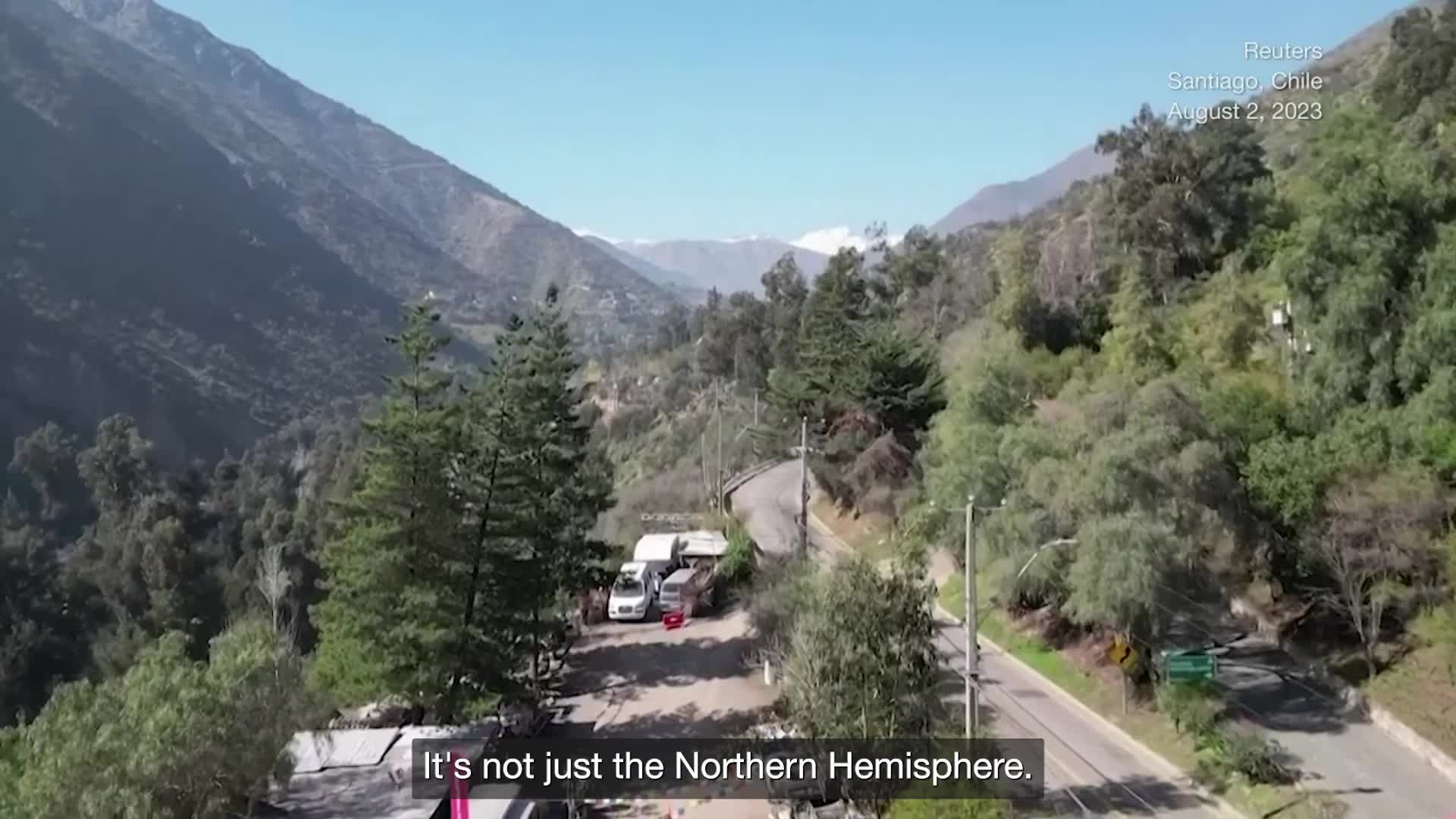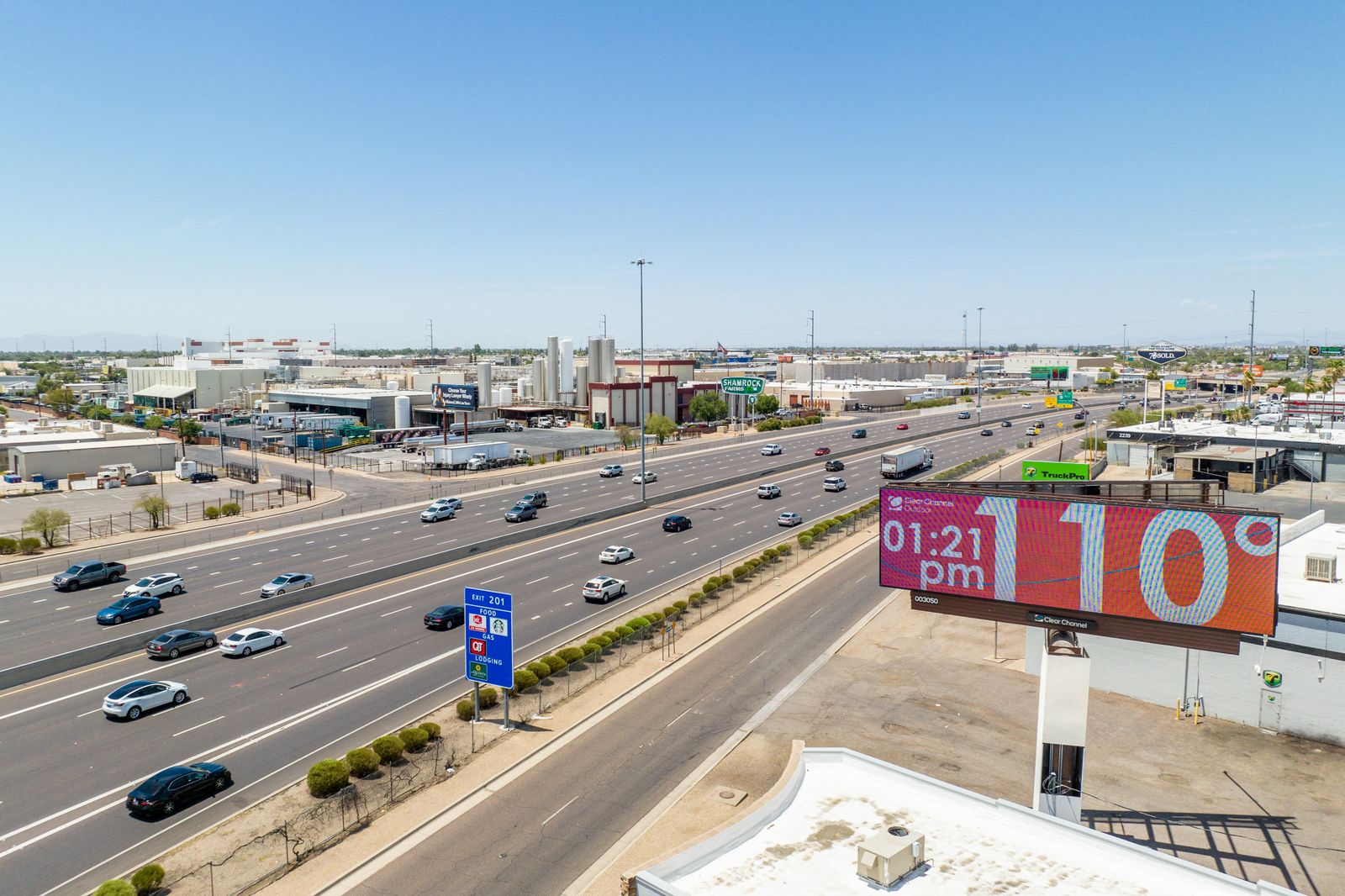SpaceBus
Minister of Fire
The problem with grazing cattle vs CAFO, in regards to the environment, is the point of diminishing returns for soil carbon sequestration and how much cattle you can finish with grain in a feedlot. The feedlot cattle can be argued to have a lower standard of welfare, which I would agree with. However, like Woodgeek mentioned, there's not enough land, money, or willpower to convert over to WOP for all cattle production. You would also have to stack two or three species on the same pasture to even come close to marching the efficiency of CAFO. which is even crazier when you consider that artificial fertilizers are synthesized using FF! What this really goes to show is how crazy inefficient it is for a ruminant to convert cellulose into proteins.
The microbes living in the digestive tract of ruminants are way more efficient at the feed conversion, but the cow itself is not. Camelids are around 40% more efficient than cows, but grow slower, produce only 1/5 of the milk, and nobody is asking for camel meat. The higher feed conversion ratio is lost to the slower growth and lower output. I think sheep and goats can come close to the feed conversion efficiency, but you get less yield from the inputs compared to cattle. However, sheep and goats are much more efficient in land use and can forage much lower quality pasture compared to cattle. They can be kept around "solar farms" which need landscape maintenance anyway. Before rail, big trucks, and refrigeration, sheep and swine were the dominant meat animals, but people also ate less meat. Also worth noting, the more efficient Camelids also produce less methane than cattle, but I can't see them being a good choice for large scale production unless animal labor comes back in a big way.
The microbes living in the digestive tract of ruminants are way more efficient at the feed conversion, but the cow itself is not. Camelids are around 40% more efficient than cows, but grow slower, produce only 1/5 of the milk, and nobody is asking for camel meat. The higher feed conversion ratio is lost to the slower growth and lower output. I think sheep and goats can come close to the feed conversion efficiency, but you get less yield from the inputs compared to cattle. However, sheep and goats are much more efficient in land use and can forage much lower quality pasture compared to cattle. They can be kept around "solar farms" which need landscape maintenance anyway. Before rail, big trucks, and refrigeration, sheep and swine were the dominant meat animals, but people also ate less meat. Also worth noting, the more efficient Camelids also produce less methane than cattle, but I can't see them being a good choice for large scale production unless animal labor comes back in a big way.


 That's way too much meat for a society of folks that are mostly sedentary.
That's way too much meat for a society of folks that are mostly sedentary.

![[Hearth.com] Some Disturbing Climate Trends [Hearth.com] Some Disturbing Climate Trends](/talk/proxy.php?image=https%3A%2F%2Fi.redd.it%2Fclimate-fluctuation-v0-l9wqhn9q0edb1.jpg%3Fs%3Dbc0c9f7c8884e7a5cf9a3f65ddcca1ea1ea31852&hash=9e9952b567efc58e92ae30b751bc2a1c)
 2023 will be one for the record books.
2023 will be one for the record books.![[Hearth.com] Some Disturbing Climate Trends [Hearth.com] Some Disturbing Climate Trends](https://www.hearth.com/talk/data/attachments/314/314334-f42f3822a77b7cfe8deaa9a7b16f19dc.jpg?hash=eCCHdsli_a)



